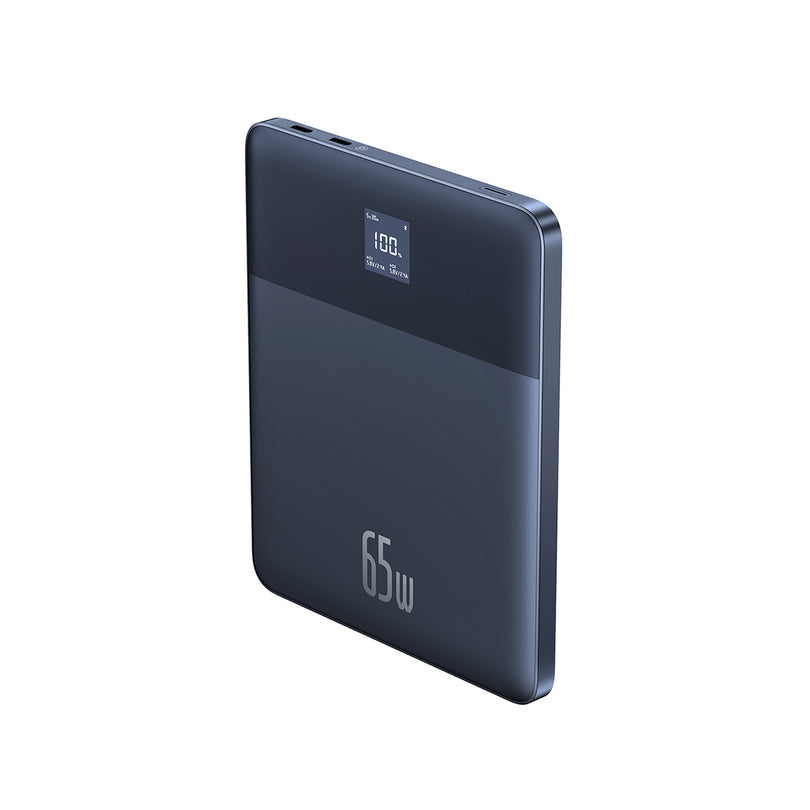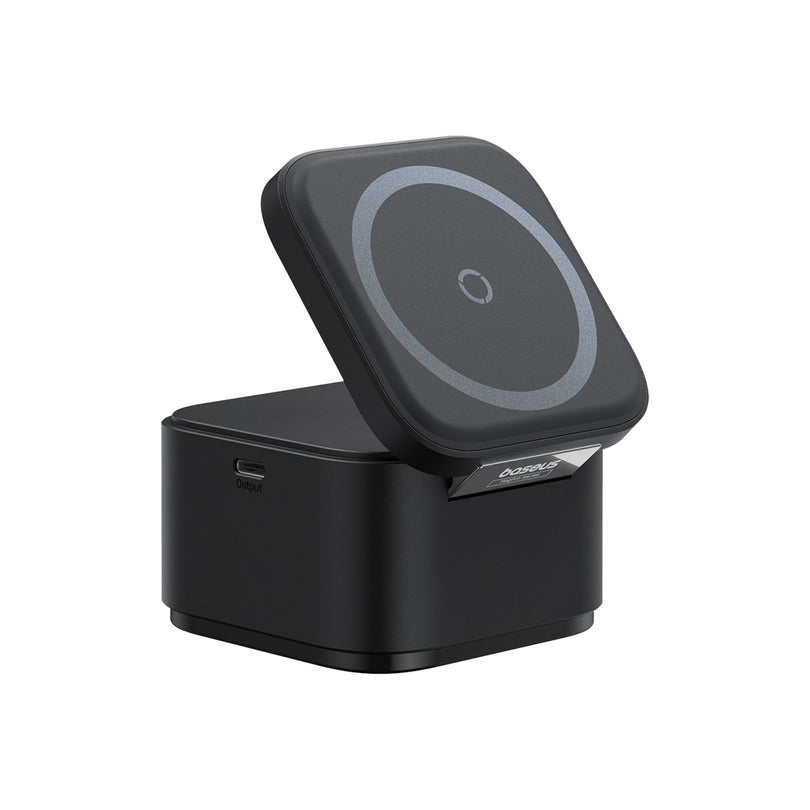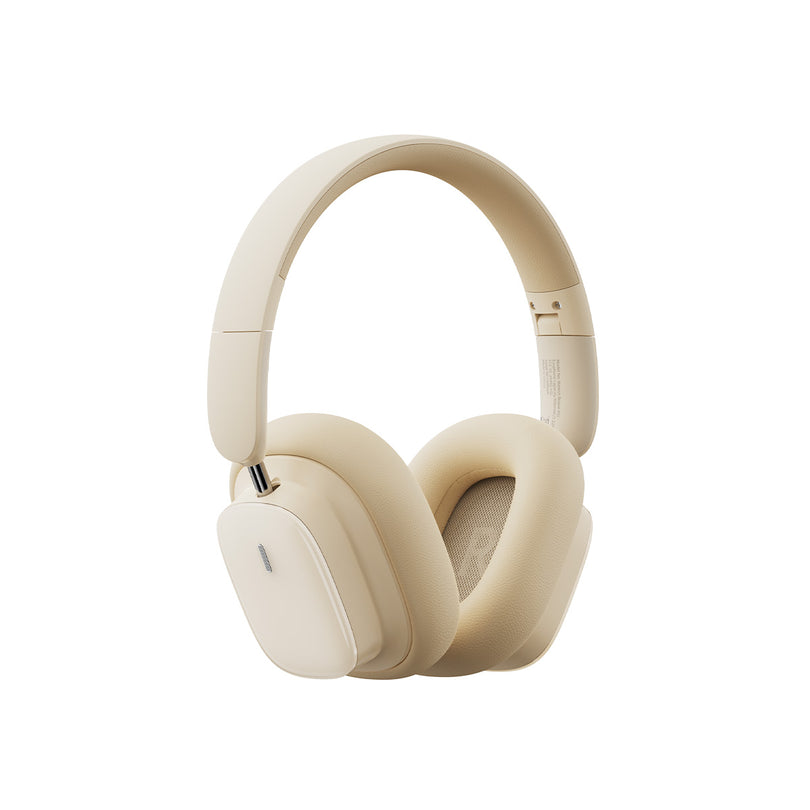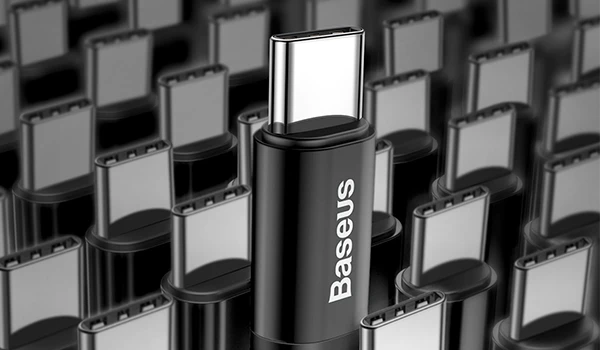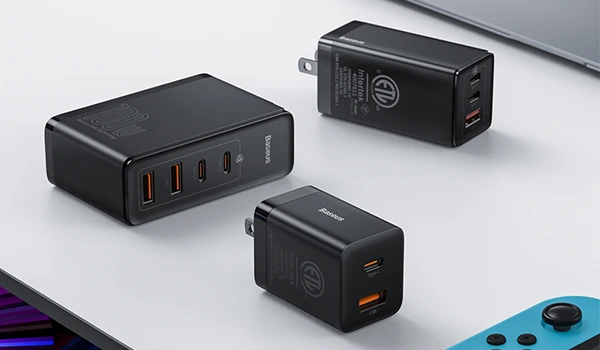Nothing is more disappointing than unlocking your phone to see the dreaded "low battery" alert light up the screen. Well, we guess there are some things that are more disappointing — like when you drive all the way to your favorite bakery only to be met with empty shelves and no baked goods. Bakeries aside, however, there is no denying that your cell phone battery has led to at least one bout of frustration when it just doesn't seem to be holding a charge like it used to.
You may be wondering, is your phone battery draining faster than it should be? Are there ways to lessen this seemingly uncontrollable issue? Today we'll explore eight reasons why your phone battery may be draining too fast. Some of these reasons may even surprise you, so buckle up and let's get into it!

Why Does My Phone Die So Fast?
Sure, you know that your phone battery doesn't last all week, and you know that you have to charge it every so often to prevent it from dying. But why does it always seem like it dies mere hours after charging it? Alright, that may be an exaggeration, but it does feel like it sometimes.
You may not know that many different factors can affect your phone's battery life and make it lose charge faster than it claims to hold a charge on the box. Here, we'll dive into eight of the most common reasons why your phone's battery may always seem too low.
1. Display Settings
We'll begin with the display settings, one of the biggest culprits for constantly dying phones. Setting your phone's screen to max brightness drains your battery extremely quickly. This is why you may have noticed that anytime you set your phone to low power or power saving mode, the first thing that happens is your screen dims. Another setting to try if you haven't already is "dark mode." This mode alters the brightness differently by changing your interface to a darker color.

Now, it is important to note that screen brightness isn't the only display-related culprit when it comes to power draining. If you find yourself asking, 'does always-on display drain battery?' then you're on the right track. The always-on display setting that comes with a number of different smartphone models today is a great way to easily check the time, notice any new notifications, or even glance at the weather. But, because this setting prevents your phone's screen from turning off, it uses way more battery than the alternative.
2. Temperature
Unfortunately, we cannot always control the temperature of the areas that our phones are in. Sometimes it gets really hot outside, and you still need to have your phone on hand. Sometimes it is the middle of winter, and you're stranded in your car waiting for roadside assistance to come to jump your car that was out in the cold for too long — we've been there, and it's not a fun time.
The unfortunate truth about all electronic devices is they are sensitive to temperature in at least some way. Each device will have its own particular temperature ranges, but a good rule of thumb is to keep your phone (as well as earbuds and any other electronics) away from temperature extremes. The damage done to your phone's battery will depend on how long it is exposed to these extremes.
3. Old Phone Battery
Just like anything else, sometimes things get old and do not work as well as they used to. This is quite common with batteries because the more they are used (especially if they are not used optimally), the more likely they are to wear out. After a couple of years, your phone will likely not reach the same maximum level of charge simply because the battery can no longer hold that much charge.

There are no real ways to combat the natural aging process of a battery, but you can help to minimize the amount of charge capacity loss by engaging in good phone charging practices. One of these practices is to not charge your phone longer than necessary.
It turns out that leaving your phone to charge overnight actually does more harm than good to the battery. We'll touch on this more later on, but the takeaway here is that charging your phone when you can pay attention to it is typically a better option for prolonging battery life. We like to use a power bank for charging our devices during the day because it allows us to take our charging anywhere that we need to be during the day without worrying about over-charging the device or it dying in the middle of our coffee break.
4. Background Services and Apps

Another manageable setting on your phone that may be using up more charge than you think is your background apps. Basically, these apps are constantly working — even when you don't have them open. While we do not deny that having your calendar and health apps always up and running is convenient, we do understand that they can be a commonly hidden cause for a faster-than-average battery drain.
5. Location Tracking
Location tracking can be an incredibly useful tool for your navigation or safety and device tracking apps, but allowing other apps to constantly access your location can use a lot of battery power.
Sometimes, when an app asks to track the location, you are given options on when it can access your location, but other times you may end up simply having to choose between sharing your location and not. If possible, share your location with only the essential apps you need location tracking for. This will help you save on your phone's battery life daily.
6. Picture-in-Picture Mode
If you are a diligent user of picture-in-picture mode to watch something (like YouTube videos or Twitch streams) while using other apps, you might be running your battery down twice as fast. This mode is similar in principle to background apps, except rather than fetching data for apps off-screen, you are utilizing multiple apps at the same time on your phone.
Think about it like this. If you are using two apps on your phone simultaneously, it has to devote its power to operating both apps. This means it uses more power, so your battery gets drained faster.
7. Staying Connected

Most of us never think to turn off our Wi-Fi, Bluetooth connection, or data unless we're going to be flying on a plane. But, these constant connections can drain your phone battery due to your phone's work in the background to keep connected.
The most impactful of these is absolutely a Wi-Fi connection. This is because when you are connected to Wi-Fi, you get alerts and notifications for your background apps — such as social media, the news, and email. But you likely do not need these notifications, for example, when you are sleeping. Simply taking a second to switch off your Wi-Fi when you sleep can do a lot to minimize your battery usage overnight.
8. Too Many Notifications
Notifications for new texts, calls, emails, and even social media messages or posts can be great. After all, many of us use our phones as communication devices, so it only makes sense that you'd want notifications from these areas. But do you need the notifications from that mobile game you downloaded? Or the various fitness and nutrition apps we've all downloaded and gotten bored of using?

Not only do notifications mean that these apps need to be frequently refreshed in the background of your phone, but it also means that your phone's screen will light up anytime a new notification comes in. Both of these things contribute to drained battery life, and both can be avoided by taking some time to manage what apps can give you notifications.
Is Your Phone Battery Draining Fast? What to Do
We mentioned it before, but one of the absolute best ways to improve your battery life is to get out of the 100% charge mentality. Charging your phone overnight brings it all the way to 100%, which is often more harmful to your battery life than good. This is why many people recommend charging your phone when you can see it, for example, at your desk with your power strip surge protector rather than overnight while you sleep. The best range for a charge that you should aim to keep your phone in for optimal battery life is around 20% to 80%.
Another trick for helping save power on your phone is to use your device's power-saving mode. These modes typically dim screens, reduce the number of notifications you get, and pause background functions. This means that your phone is trying to do fewer things at once, which can help to elongate your phone's charge.
Figure out why your phone's power is dropping so fast and secure your phone's battery so that you don't have to panic when you run into an emergency. You could learn how to protect your phone's battery here. However, if you're experiencing low-battery anxiety, here are some solutions for you to learn how to reduce and ease this anxiety.
Conclusion
Having your phone run out of battery in the middle of something is always annoying. But, there is not much worse than not even knowing why your phone seems to always be running out of battery faster than you can keep up with it. We hope that these eight reasons for quick battery draining have helped you discover where you can take action to improve your phone's battery life.
If you take only one thing from this exploration, we hope that it is learning to be more mindful of your phone's battery by paying attention to how you charge it. In the long run, a good charger and diligent charging habits will help to keep your battery much healthier and long-lasting.
So, if you are in the market for a new charger, whether for your desk or a power bank for charging throughout your day, check out the Baseus charging collection to find a charger that fits your needs. United States/English
United States/English




